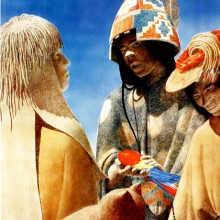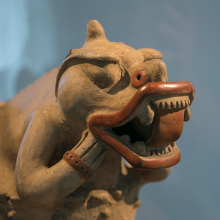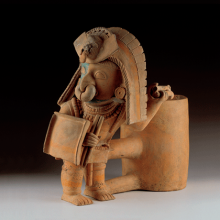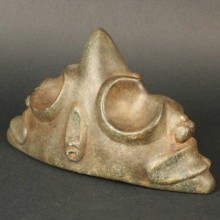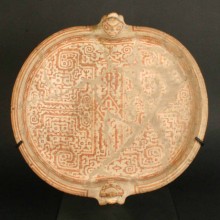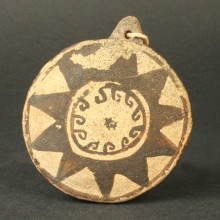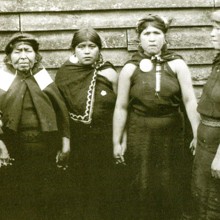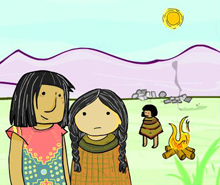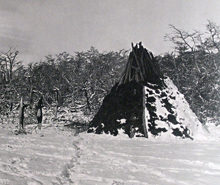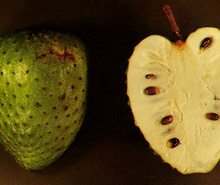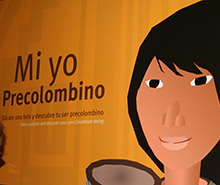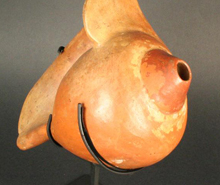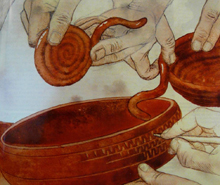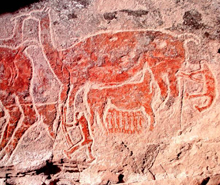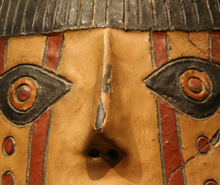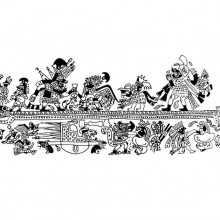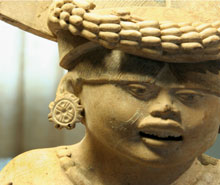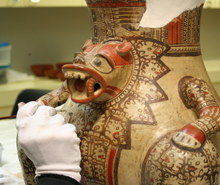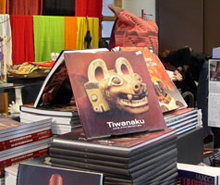For their part, peanuts (Arachis hipogea), called maní and cacahuete in Latin America, are an important source of vitamins and essential oils. They appear on countless gold and silver accessories and adornments attributed to the Moche culture of Northern Peru, indicating that they were revered some 1500 years ago.
Peanuts are thought to have originated in the warm lowland region of Bolivia, where there is evidence of their cultivation around 5000 years ago. Despite the fact that these legumes had spread to Central America by the time the Spanish arrived, they were not a staple food. In the centuries after the Conquest, European merchants brought them to Africa and Asia, where they flourished in the tropical climate; from there, they were reintroduced as a food crop in the Americas during colonial times, arriving with the African slaves who were brought by the Spanish and Portuguese to the coasts of South America.
In the preparation of sweets and pastries, peanuts now occupy the same position in Europe as almonds do in the East. The word “maní” may have come from the Guaraní word manduví, while the term “cacahuate” comes from the Náhuatl word tlalcacahuatl, which means “cocoa bean of the ground”, referring to the fact that these legumes grow underground.








